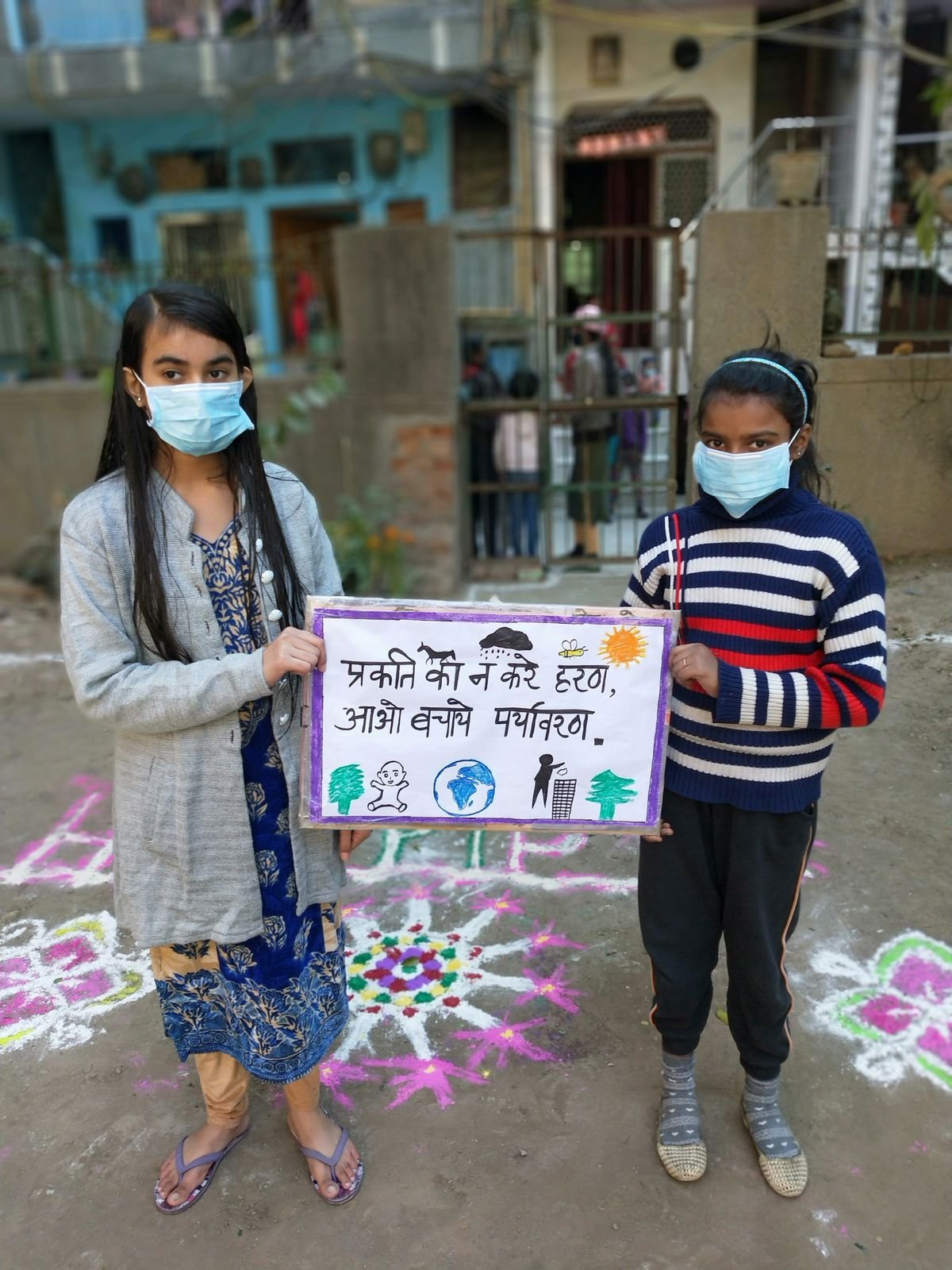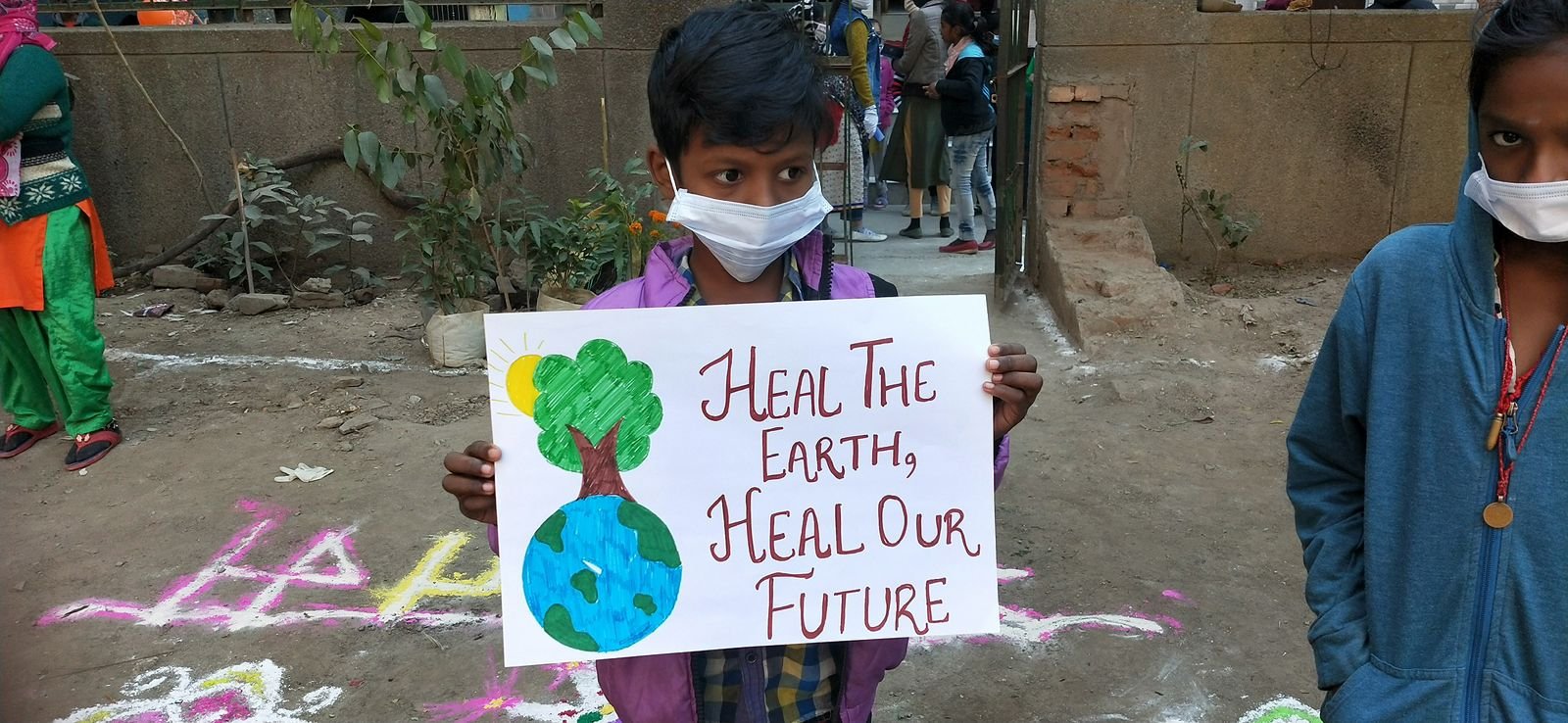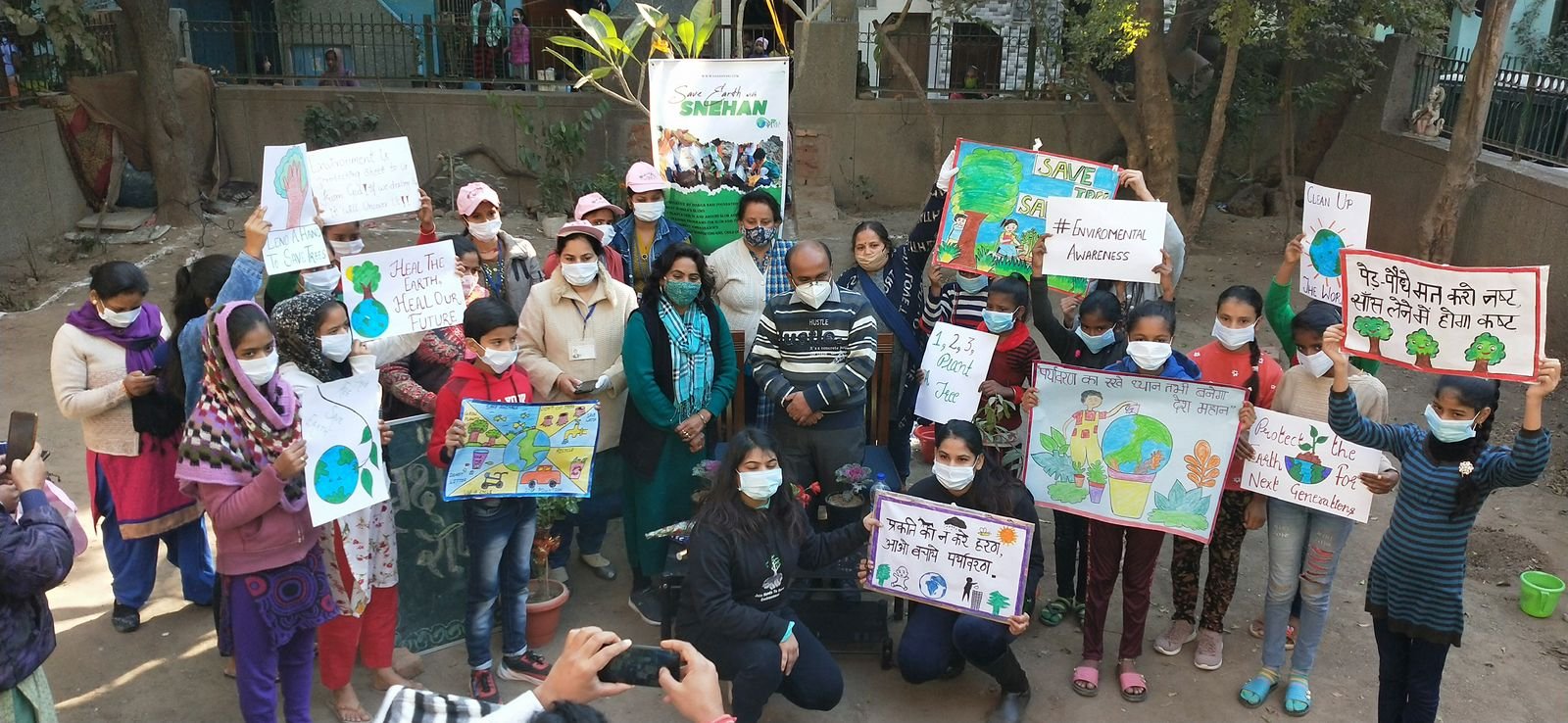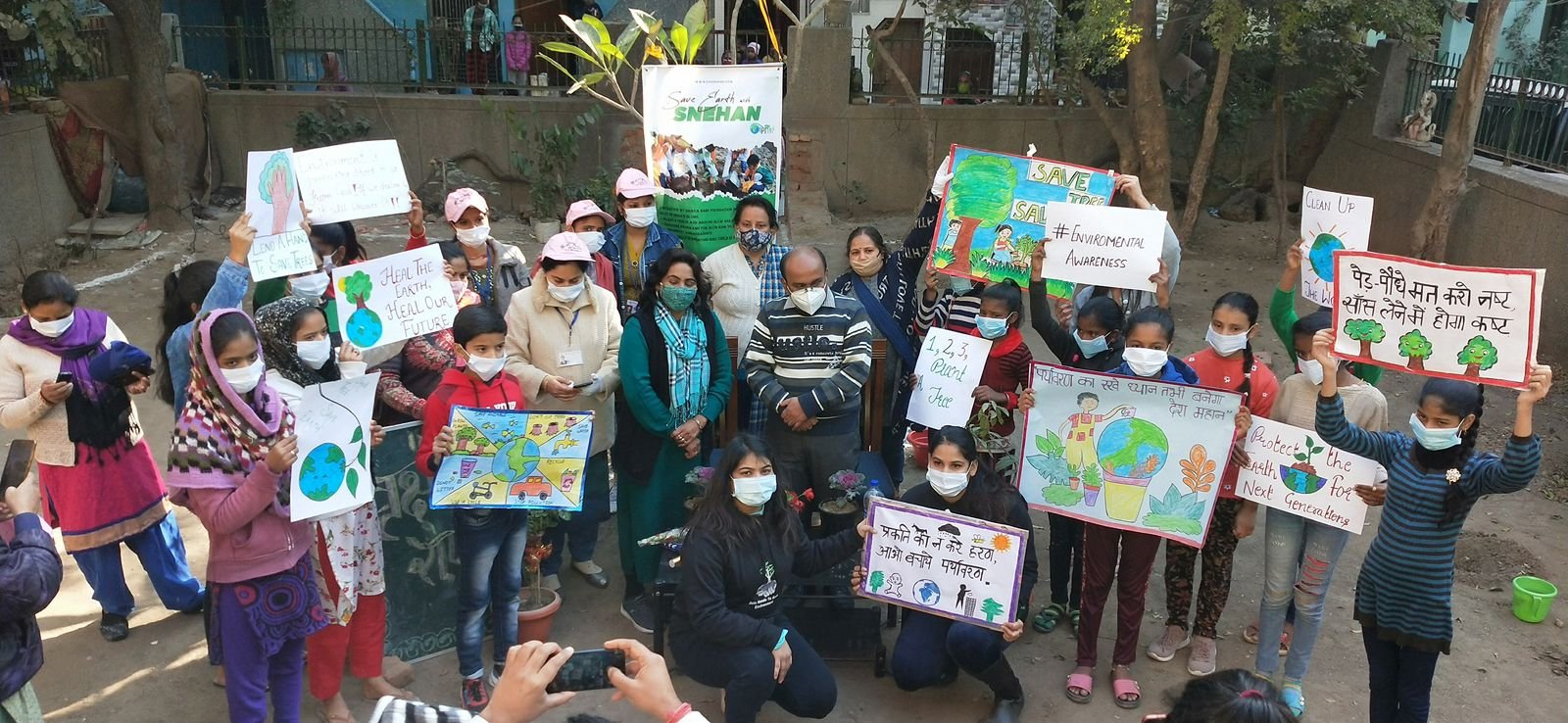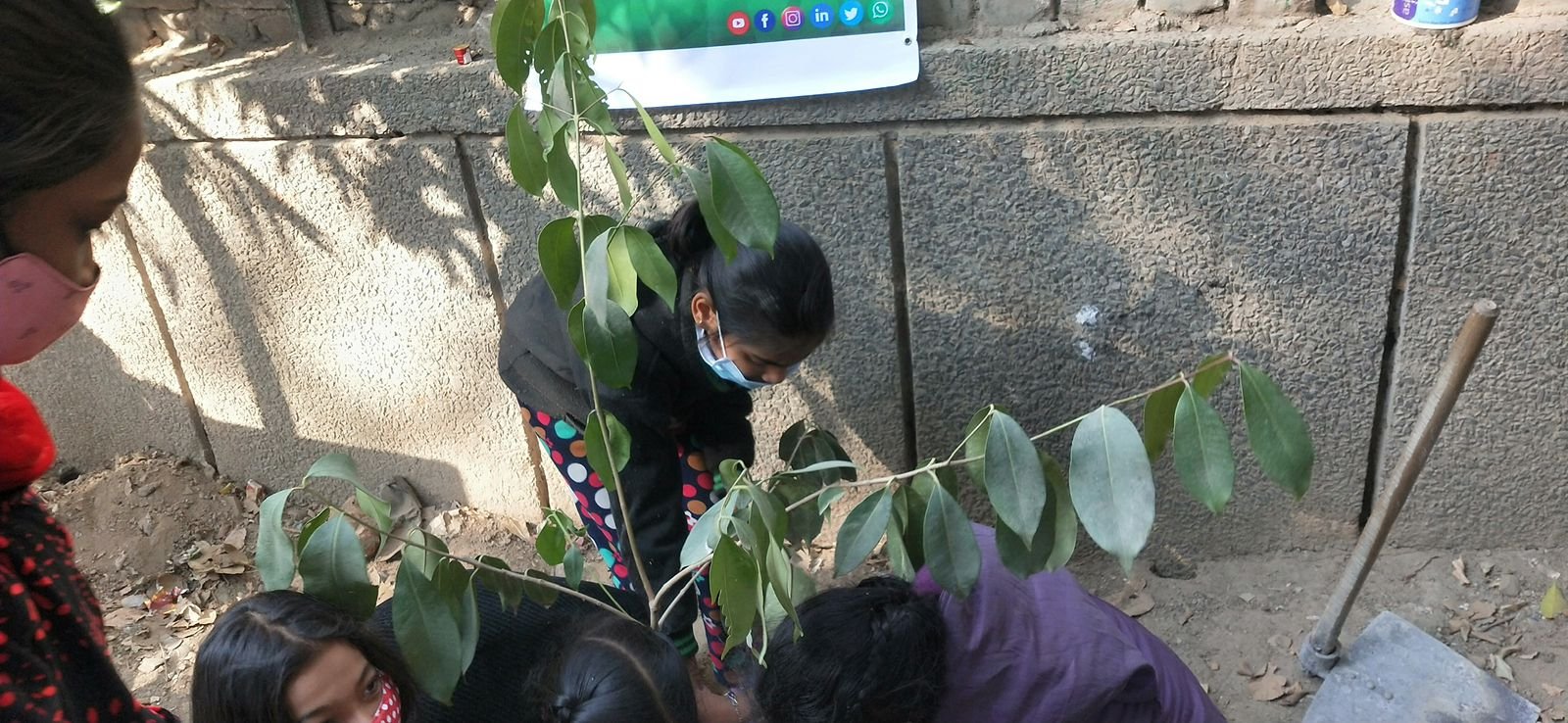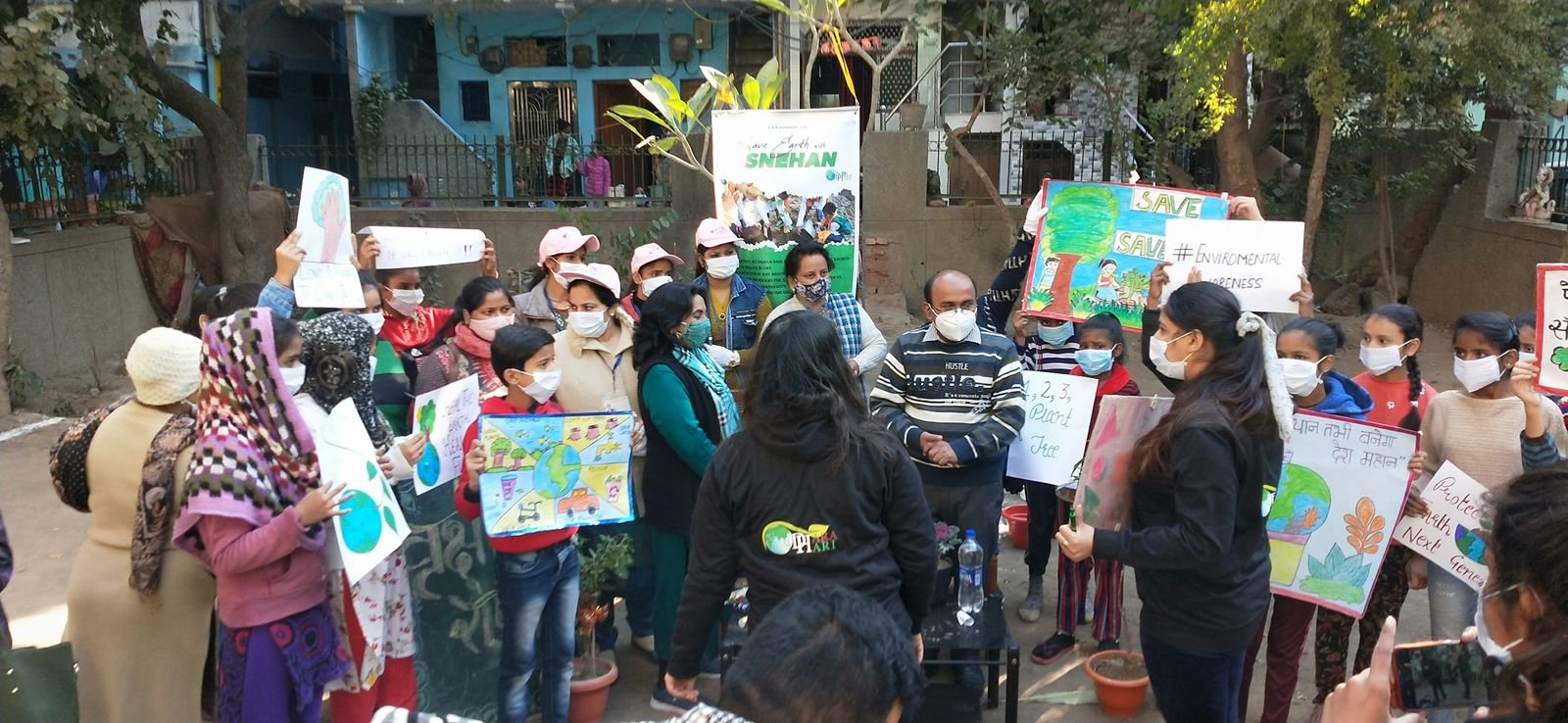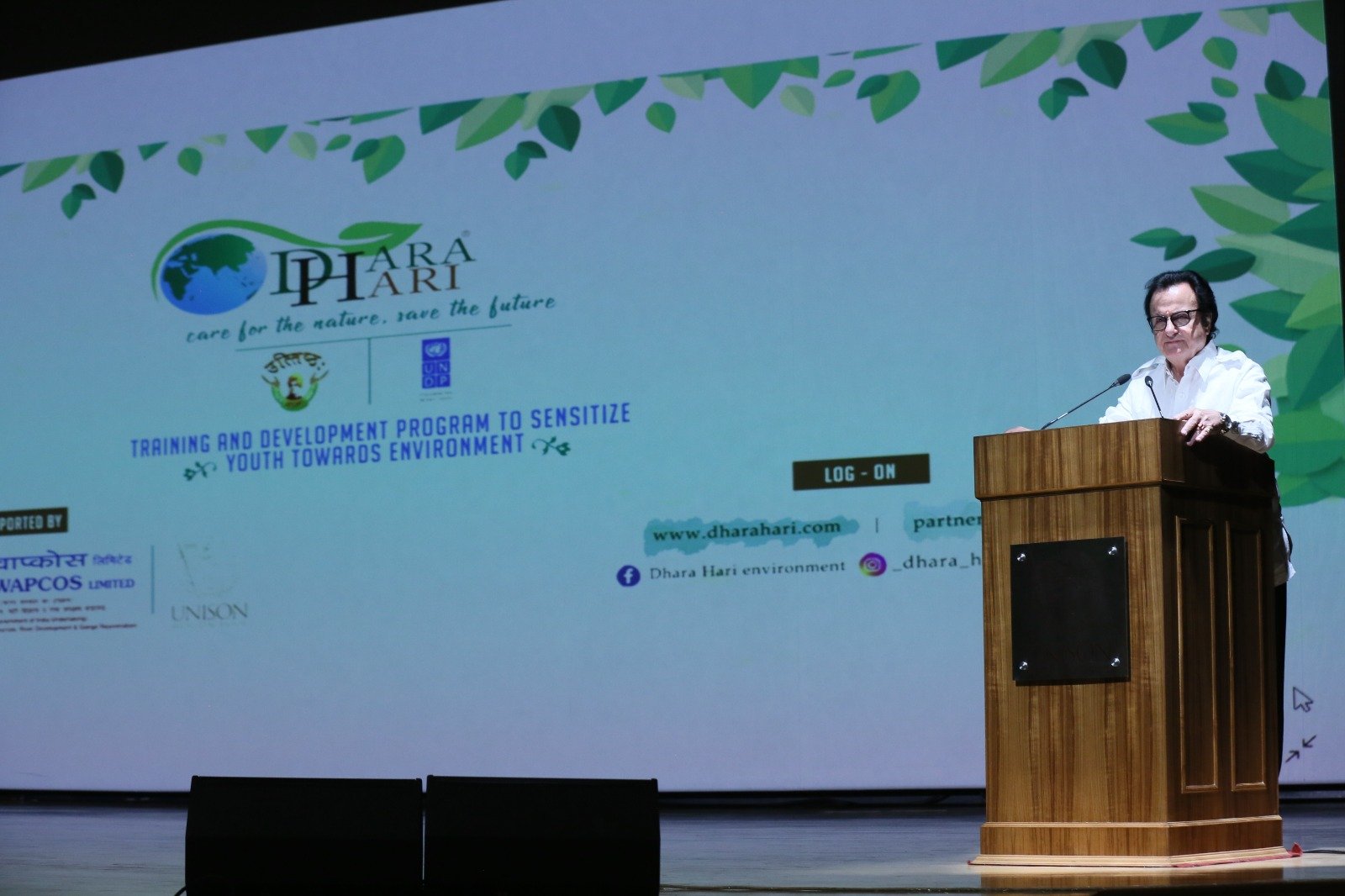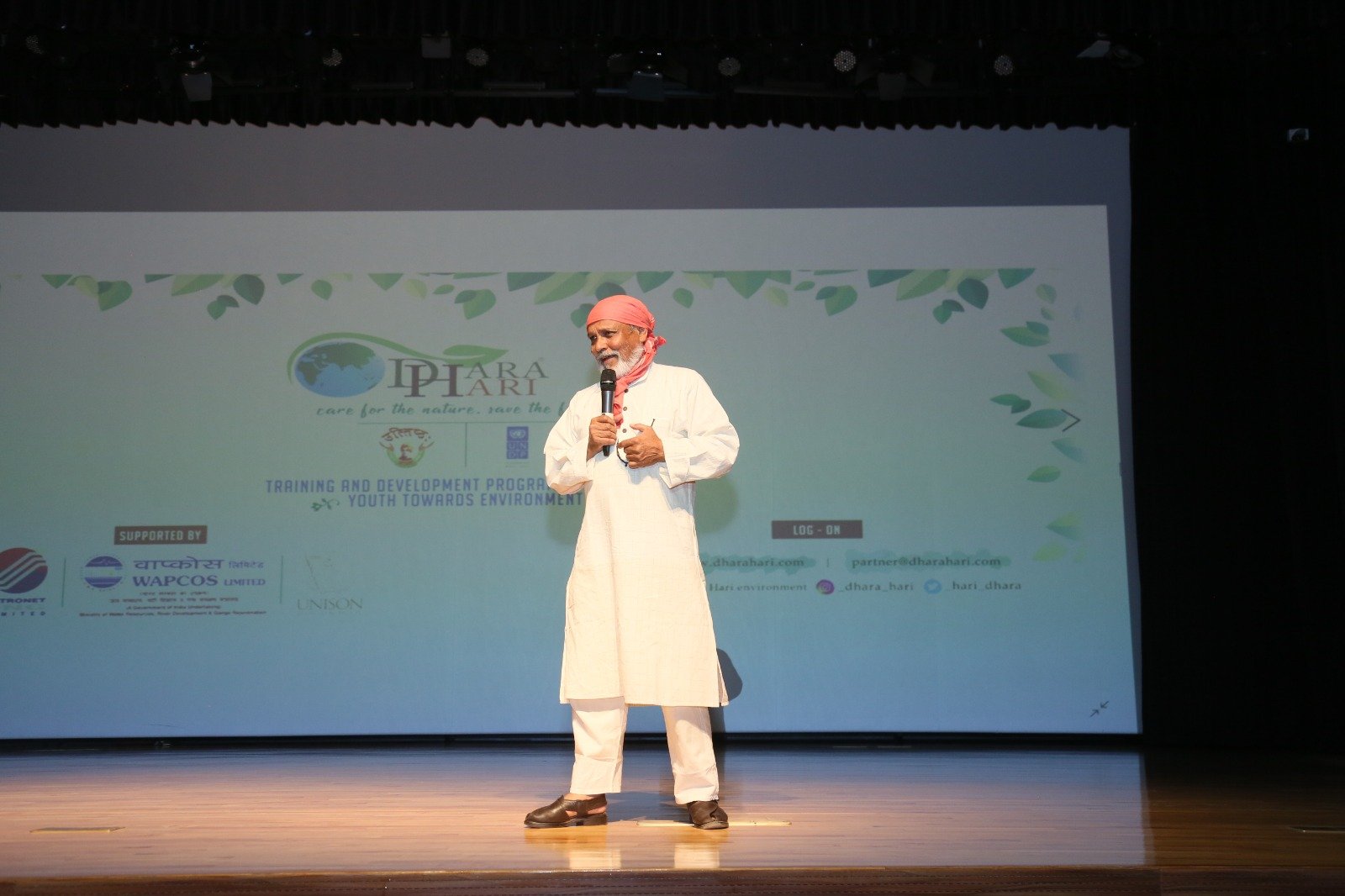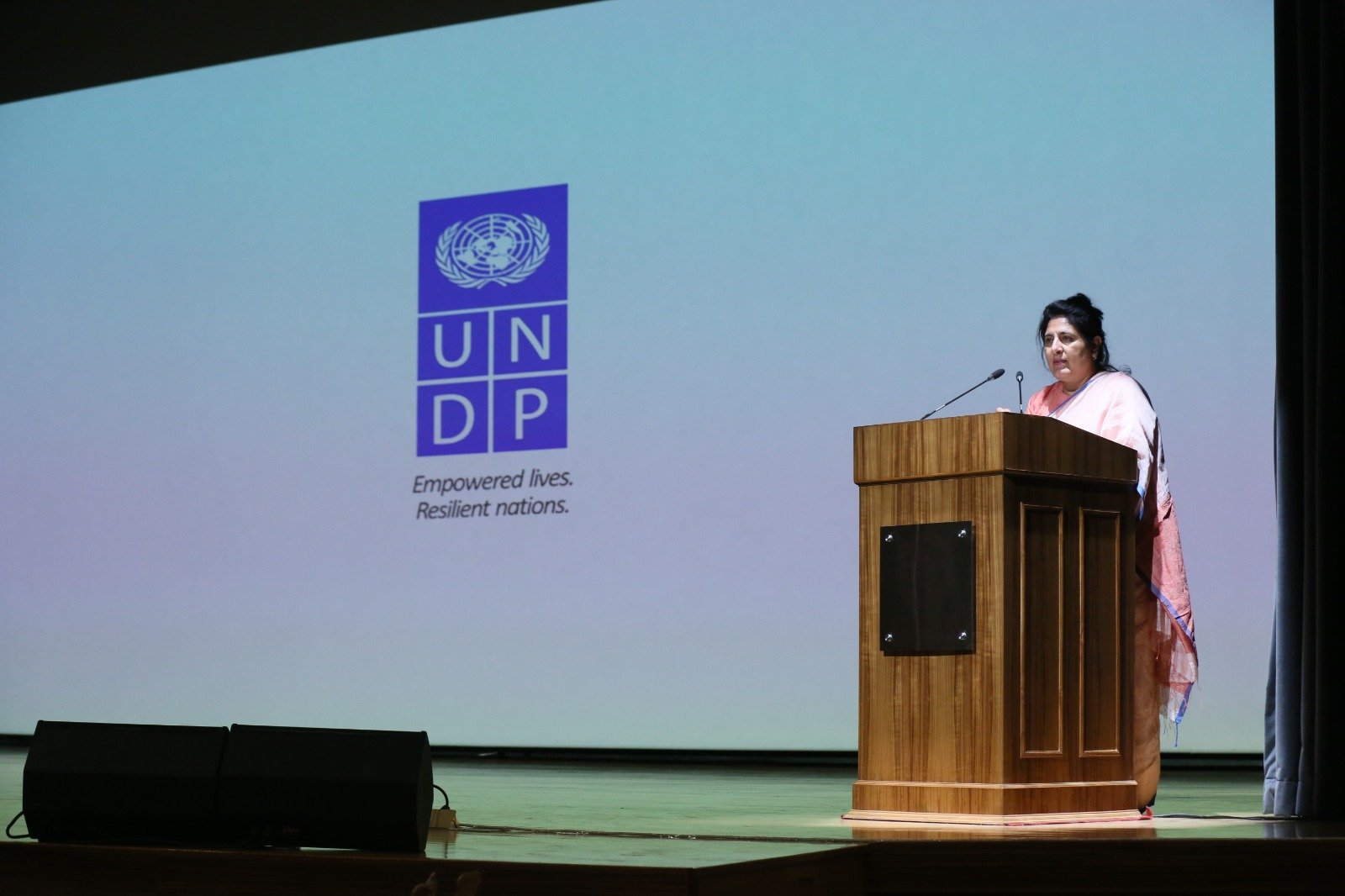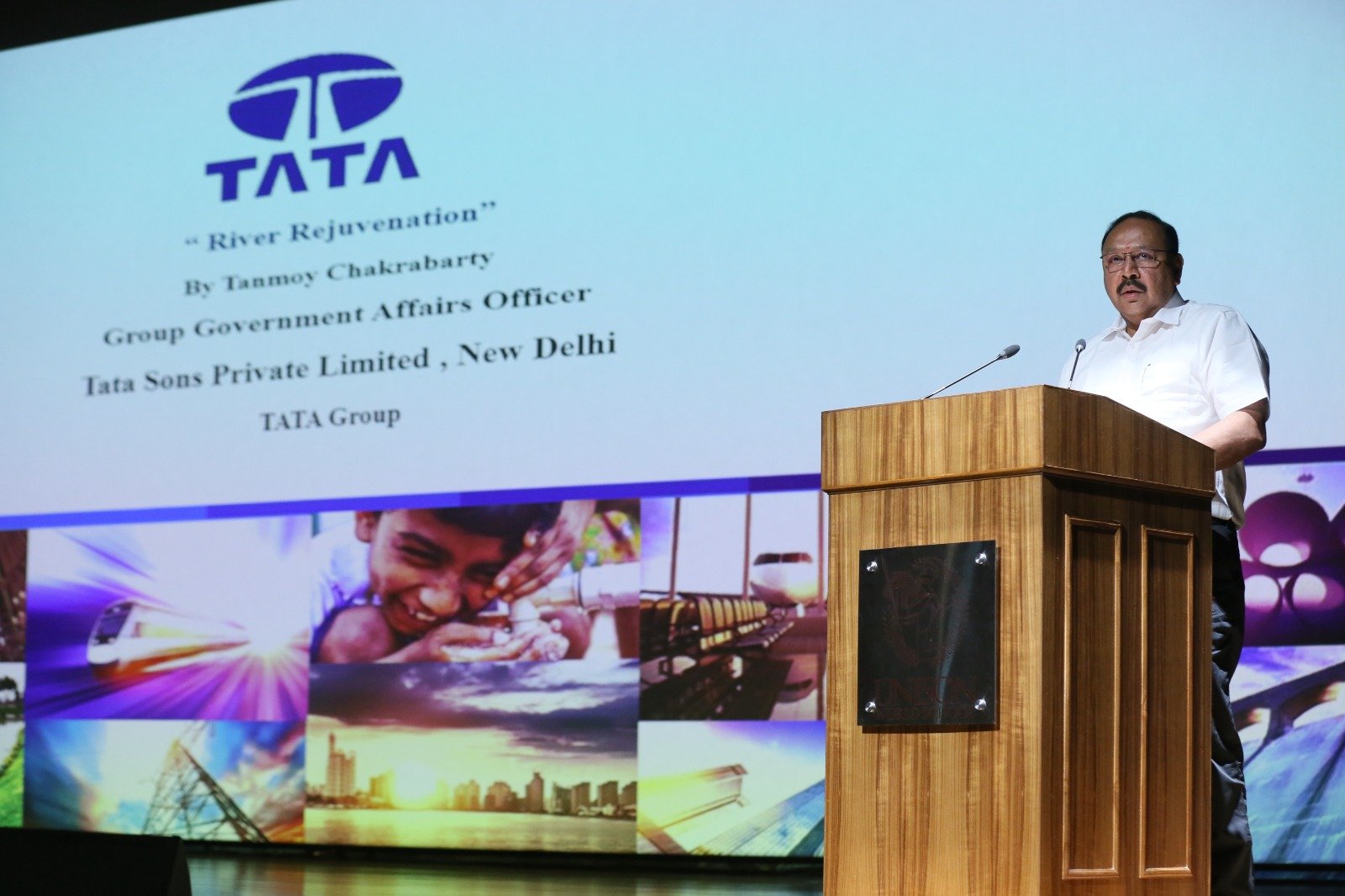Activities Conducted Under Dhara Hari
Humanity’s journey towards a sustainable relationship with climate and environment.

Campaigns
Campaigns are an effective way to motivate individuals towards environmental causes. Increased public participation creates a strong framework for change. When people engage in activities that inspire them, the impact often lasts a lifetime, fostering a deeper commitment to environmental preservation.

Workshop
Through workshops, we aim to educate and raise awareness about the environmental issues that are diminishing the quality of life on Earth. By providing in-depth knowledge, we empower individuals to actively contribute to the cause. Once everyone is aware of the challenges and solutions, collective action can bring about significant change in a shorter amount of time. Dhara Hari is creating inspiration among people, and our ambition is to make a tangible difference through collaborative efforts.

Drives
At Dhara Hari, we are driven by the mission to promote the idea that the environment must be preserved, and it is the responsibility of every individual to care for it. Our drives encourage active participation in environmental protection and urge people to take responsibility for safeguarding the planet.

E-Newsletters
Through our e-newsletters, Dhara Hari reaches a wider audience via social media to sensitize the youth about environmental issues. These newsletters are designed to encourage behavioural change and inspire individuals to adopt more sustainable practices in their daily lives.


ABOUT DHARA HARI
The survival of life on Earth is under threat, with the major concerns today being the escalating damage to the environment caused by human activities. From habitat destruction to the tendency of taking Earth for granted, the planet is facing numerous challenges. Issues such as climate change, global warming, waste disposal, and the depletion of natural resources are increasingly pressing. It is time to free our ecosystem from these shackles and restore a sustainable, green future.
Impact and Solution
Environmental changes in India today are affecting various sectors, from agriculture and water resources to health and biodiversity. However, solutions to mitigate and adapt to these changes are also emerging at various levels. Let’s break down the major environmental changes in India and their potential solutions:
Impact:
• India is experiencing rising temperatures, with cities like Delhi, Mumbai, and Chennai facing extreme heat, leading to heatwaves, which result in health problems, reduced productivity, and increased energy consumption.
Solutions:
• Urban Greening: Planting trees, creating green spaces, and increasing urban forests can help lower temperatures through natural cooling.
• Energy Efficiency: Encouraging the use of energy-efficient appliances and promoting the adoption of cool roofs (reflective roofing materials) can reduce urban heat islands.
• Awareness Campaigns: Public health initiatives to raise awareness about the risks of heatwaves and how to protect vulnerable populations (like the elderly and children).
Impact:
• Water scarcity is a growing issue, with regions like Rajasthan, Tamil Nadu, and parts of Maharashtra facing severe water shortages. Groundwater depletion and water pollution due to untreated sewage and industrial waste further exacerbate the problem.
Solutions:
• Water Conservation: Implementing rainwater harvesting systems, wastewater recycling, and efficient irrigation practices (such as drip irrigation) in agriculture can help conserve water.
• Pollution Control: Strengthening water quality regulations and investing in better sewage treatment infrastructure are essential. The Namami Gange Programme and similar initiatives to clean rivers should be scaled up.
• Water Pricing: Introducing policies that encourage efficient water use, like water pricing, could reduce wastage.
Impact:
• Major cities, including Delhi, Mumbai, Kolkata, and Chennai, experience high levels of air pollution due to vehicular emissions, industrial activities, and crop burning, leading to severe health risks such as respiratory diseases.
Solutions:
• Clean Energy Transition: Reducing reliance on coal and fossil fuels by promoting renewable energy sources (solar, wind, etc.) can cut emissions.
• Electric Vehicles (EVs): Expanding the adoption of electric vehicles through incentives, infrastructure, and subsidies can help reduce vehicular emissions.
• Improved Public Transport: Expanding public transportation systems like metro trains, buses, and cycle-sharing schemes to reduce the number of private vehicles on the road.
• Strict Regulations: Enforcing stricter emission standards for industries and vehicles, and addressing crop residue burning through alternatives like bio-composing.
Impact:
• Deforestation due to illegal logging, agriculture expansion, and infrastructure development threatens biodiversity and contributes to climate change. The loss of forests reduces carbon sequestration and disrupts ecosystems.
Solutions:
• Afforestation and Reforestation: Large-scale tree planting initiatives, such as the Green India Mission, and restoring degraded forests can help.
• Forest Protection: Enforcing forest laws, promoting sustainable forest management, and involving local communities in forest conservation can protect existing forests.
• Biodiversity Conservation: Creating and maintaining protected areas (national parks, wildlife sanctuaries) and promoting sustainable agriculture and forestry practices to protect wildlife and ecosystems.
Impact:
• With climate change, India is experiencing more frequent and intense floods and cyclones. Coastal regions, especially West Bengal, Odisha, and Kerala, face frequent damage from cyclones, while inland areas struggle with flash floods.
Solutions:
• Flood Management: Strengthening flood forecasting, early warning systems, and improving drainage infrastructure can reduce the impact of floods.
• Coastal Protection: Building and enhancing coastal defences like sea walls and mangrove restoration can protect vulnerable coastal communities from storm surges and rising sea levels.
• Disaster Preparedness: Increasing community awareness and resilience through education, preparedness drills, and better disaster response infrastructure.
Impact:
• Large parts of India, particularly in the Rajasthan and Deccan Plateau regions, face desertification and land degradation due to overgrazing, deforestation, and unsustainable farming practices.
Solutions:
• Sustainable Agriculture: Promoting soil conservation techniques, organic farming, and crop diversification can help restore degraded lands and reduce desertification.
• Watershed Management: Implementing watershed management practices can help control soil erosion, improve water retention, and rehabilitate degraded land.
• Afforestation: Planting drought-resistant and native plants in arid regions can help restore soil health and combat desertification.
Impact:
• India faces a massive waste management crisis, with millions of tons of solid waste generated daily. Poor waste segregation, lack of recycling, and improper disposal practices result in environmental pollution.
Solutions:
• Waste Segregation: Public education and the implementation of waste segregation at the household level can improve recycling rates and reduce landfill use.
• Circular Economy: Promoting a circular economy where products are designed for reuse, repair, and recycling rather than disposal can reduce waste.
• Waste-to-Energy Projects: Investing in technologies that convert waste into energy can reduce landfill burden and provide clean energy solutions.
Impact:
• India’s reliance on coal and fossil fuels contributes significantly to carbon emissions, exacerbating climate change and air pollution.
Solutions:
• Scaling up Renewable Energy: India has made impressive strides in renewable energy, but more investment in solar, wind, and hydro power is necessary to reduce dependence on coal.
• Energy Storage Solutions: Developing better energy storage systems can help manage the intermittency of renewable energy sources like solar and wind.
• Policy Support: Strengthening policy frameworks to encourage investment in clean energy technologies, including subsidies, tax incentives, and international cooperation.


Guest Testimonials


"Thank you, Dhara Hari Foundation, for being a true source of strength and support. Your programs have not only changed lives but have also restored faith in humanity. I am forever grateful for everything you are doing to protect our environment."



"A heartfelt thank you to Dhara Hari Foundation for your tireless efforts in uplifting our community. Your compassion, commitment, and service inspire all of us to believe in a better future.Good Luck"



I am sincerely grateful to Dhara Hari Foundation for their incredible support and dedication. Your initiatives have brought hope, opportunity, and positive change into so many lives, including mine. Thank you for all that you do!"

Our Sponsers



Supported by


